African Sapele Mahogany Lumber
- August 3, 2023
- 1 comment
African Sapele Mahogany (Entandrophragma cylindricum) is a prized hardwood that has gained widespread popularity in the woodworking industry. Its allure lies in its stunning appearance, characterized by a rich reddish-brown color and interlocked grain patterns that create a captivating ribbon stripe figure on flat-sawn surfaces. Although not a true mahogany species, it is commonly referred to as “sapele mahogany” due to its striking resemblance to genuine mahogany, which further adds to its appeal.
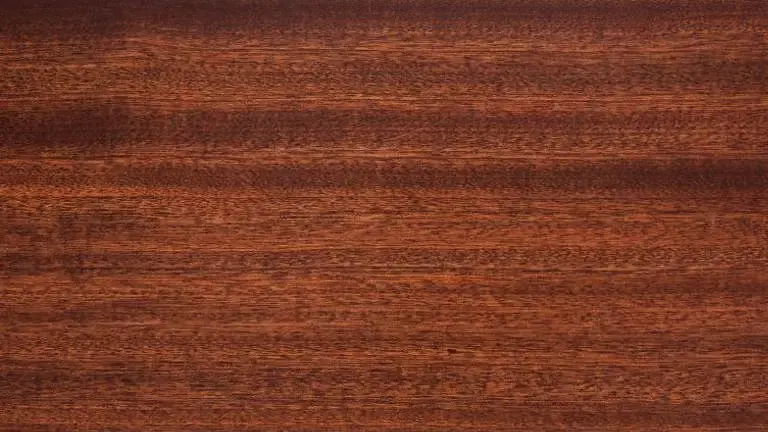
The wood’s remarkable durability and resistance to decay make it an excellent choice for a wide range of applications, including furniture making, cabinetry, doors, windows, and decorative veneers. Its moderate working properties allow craftsmen to create intricate designs and smooth finishes, making it a preferred choice for high-quality, aesthetically pleasing woodwork.
Sapele’s versatility and aesthetic attributes have solidified its position as one of the most sought-after hardwoods in the market. Its warm, reddish-brown color matures with age, deepening the wood’s beauty over time. This hardwood’s ability to withstand outdoor conditions makes it ideal for applications such as boatbuilding and architectural millwork. Moreover, Sapele’s availability in both lumber and veneer form, coupled with its moderate pricing, ensures that it remains accessible to woodworkers and enthusiasts alike.
| Common Name(s) | African Sapele Mahogany, Sapele |
|---|---|
| Scientific Name | Entandrophragma cylindricum |
| Distribution | Native to tropical regions of West and Central Africa, including countries like Nigeria, Ghana, Cameroon, and the Congo. Also grown on plantations in other regions. |
| Tree Size | Can reach heights of 100 to 150 feet (30 to 46 meters), with trunk diameters ranging from 3 to 5 feet (1 to 1.5 meters). |
| Average Dried Weight | Approximately 42 lbs/ft3 (670 kg/m3) |
| Specific Gravity | 0.64 to 0.71 |
| Janka Hardness | 1,410 lbf (6,280 N) |
| Modulus of Rupture | 17,960 lbf/in2 (123.8 MPa) |
| Elastic Modulus | 1,736,000 lbf/in2 (11.97 GPa) |
| Crushing Strength | 9,580 lbf/in2 (66 MPa) |
| Shrinkage | Radial: 4.8%, Tangential: 7.2%, Volumetric: 12.8% |
Characteristics
Color/Appearance
African Sapele Mahogany boasts a captivating reddish-brown hue that exhibits a lustrous appearance. Its interlocked grain patterns and pronounced ribbon stripe figure add depth and character to the wood, making it a favored choice for fine furniture and decorative veneers. As the wood ages, its color undergoes a delightful transformation, deepening and darkening over time, further enhancing its natural beauty and appeal.

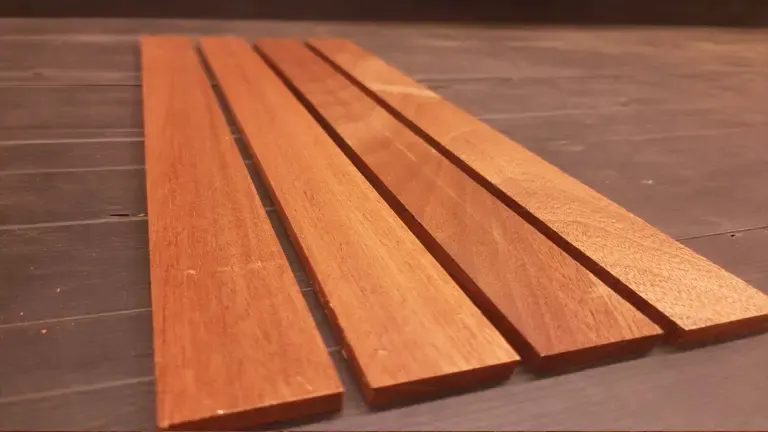
Grain/Texture
Sapele’s grain pattern is typically interlocked, resulting in a visually striking ribbon-like figure on flat-sawn surfaces. The wood’s texture is moderately fine and even, contributing to its smooth finish and allowing it to be easily worked with both hand and machine tools. However, due to the interlocked grain, woodworkers should be cautious as it can cause tear-out during certain cutting or planing operations.
Rot Resistance
African Sapele Mahogany exhibits exceptional durability and natural resistance to decay, making it an excellent choice for outdoor applications and areas exposed to the elements. Its ability to withstand moisture and decay adds to its popularity for boatbuilding, decking, and other exterior uses.
Workability
Sapele is known for its relatively easy workability. Woodworkers find it responsive to both hand and machine tools, allowing them to shape and craft intricate designs with precision. It glues, screws, and finishes well, resulting in a high-quality final product that retains the wood’s distinctive appearance.
Odor
Freshly cut Sapele emits a distinctive, cedar-like scent that adds to the sensory experience of working with this wood. Over time, this scent diminishes, and the wood’s inherent beauty takes center stage.
Allergies/Toxicity
There have been no specific reports of allergic reactions to Sapele. However, as with any woodworking activity, it is essential to take proper safety precautions. Wearing a dust mask and ensuring adequate ventilation while working with the wood can prevent potential irritations from dust particles.
Pricing/Availability
Sapele is widely available at a moderate cost and can be sourced from various lumber and veneer suppliers. Prices may vary depending on regional availability and demand for this sought-after hardwood.
Sustainability
The sustainability of Sapele depends on responsible sourcing and management practices. It is important to support suppliers who adhere to sustainable forestry practices and possess certifications from organizations like the Forest Stewardship Council (FSC). Choosing Sapele from sustainable sources ensures the long-term viability of this valuable timber.
Common Uses
African Sapele Mahogany finds diverse applications in the woodworking and construction industries. Its versatility makes it a popular choice for furniture making, cabinetry, doors, windows, and decorative veneers. Additionally, its excellent tonal qualities make it a preferred wood for crafting musical instruments. Boatbuilders and architectural millworkers also utilize Sapele for its resistance to moisture and durability in outdoor settings.
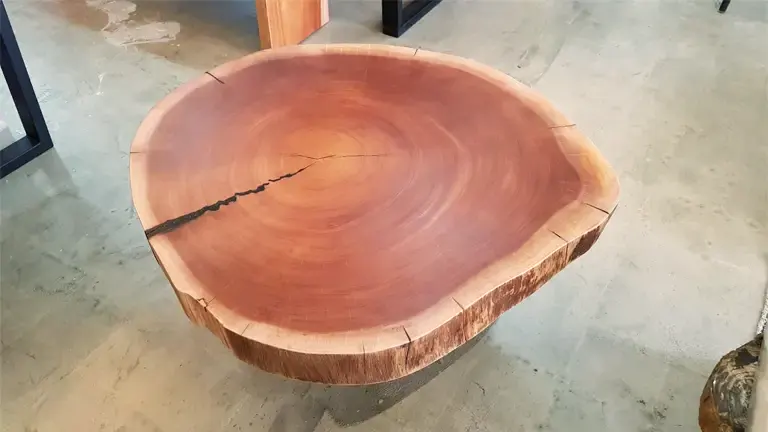
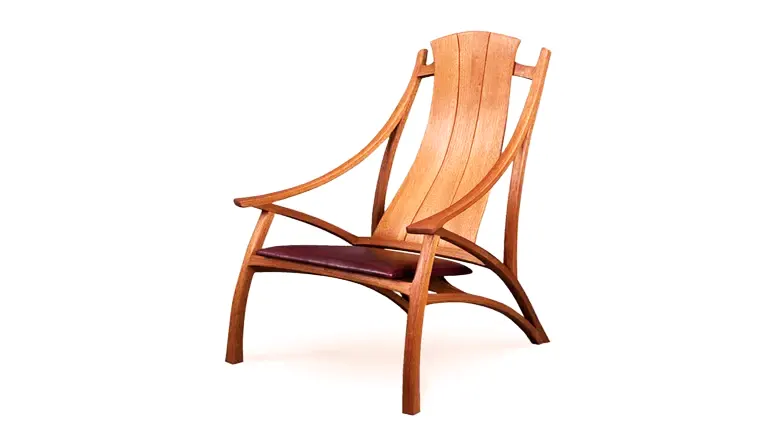
Frequently Asked Questions
- Is Sapele Mahogany a genuine mahogany?
No, Sapele is not a true mahogany species, but it shares similar characteristics and is often referred to as “sapele mahogany” due to its appearance. - Does Sapele change color over time?
Yes, Sapele tends to darken and deepen in color as it ages, which adds to its aesthetic appeal. - Can Sapele be used for outdoor projects?
Yes, Sapele’s natural rot resistance makes it suitable for outdoor applications such as decking and siding. - What type of finish is best for Sapele?
Sapele responds well to various finishes, including oil-based, lacquer, and polyurethane, which enhance its color and protect the wood. - Is Sapele endangered?
While Sapele is not considered endangered, responsible sourcing and sustainable forestry practices are crucial to ensure its long-term availability.
We’d love to hear from you! Share your personal experiences and thoughts about African Sapele Mahogany Lumber in the comments section below. Your insights could help fellow woodworkers make informed decisions!


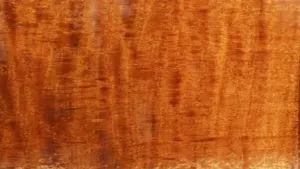

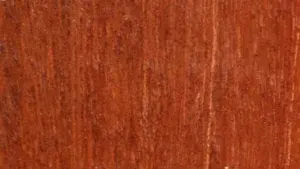

hello send to me Dietles
NAYEF ALMNWEER
October 21, 2023 1:09 pm